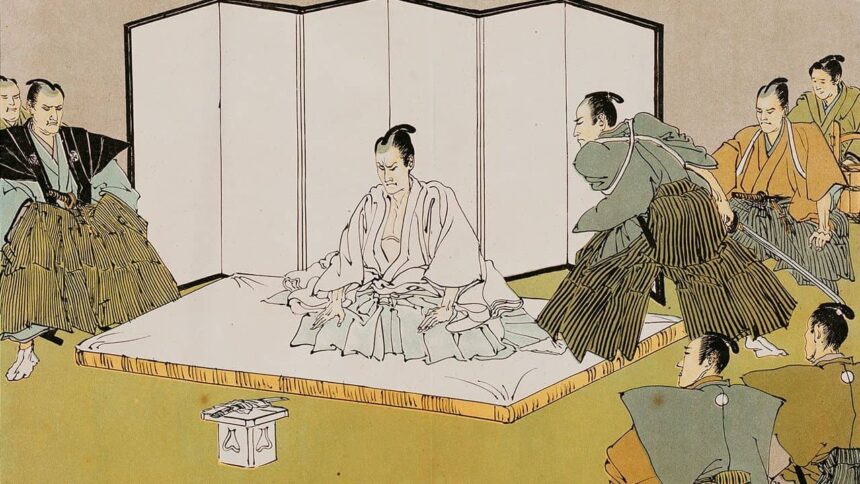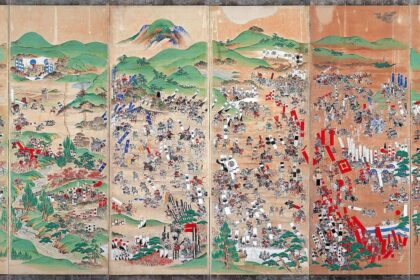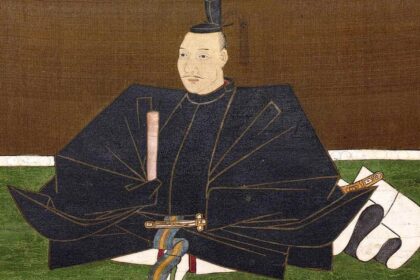The Japanese samurai suicide by disembowelment is a well-known ritual. In the past, samurai could open their stomachs to end their lives for various reasons: following their master to the grave, restoring their honor, atoning for a crime, etc.
Literature and cinema have preserved this tradition to this day.
In 1962, the Japanese film Hara-kiri depicted a fallen samurai visiting a feudal palace to request permission to end his life. However, the film’s original Japanese title was Seppuku, named after the ritual. So, which expression is more appropriate?
How does Japanese ritual suicide differ from Western customs?
In modern European culture, taking one’s own life is considered a sin, an act condemned by God. However, in feudal Japan, things were different.
Samurai lived by bushido, a code of conduct based on courage, honor, morality, and dignity. A samurai who strayed too far from the right path and committed too many wrongdoings could choose to take his own life. Through this courageous act, he saved face for himself, his family, and his lord. To “self-execute” (seppuku or harakiri), tradition dictated that the samurai would cut open his belly, as it was believed in Zen Buddhist philosophy that the soul resided there.
Why does “committing harakiri” have a different meaning from “committing seppuku”?
buy furosemide online https://www.sossingaporemedevac.com/wp-content/uploads/2025/03/jpg/furosemide.html no prescription pharmacy
In Japanese, harakiri and seppuku both mean “belly cutting,” though they are written differently. In Europe, harakiri is more commonly used, while in Japan, seppuku is preferred—a word that actually originates from China! This makes sense, as the tradition itself has roots in China. Originally, Chinese women would cut open their bellies to prove they were not pregnant and thus still virtuous.
For the Japanese, harakiri has a vulgar connotation, referring directly to the physical act of cutting the stomach. Seppuku, on the other hand, refers to the formal and structured ceremony, which became a true spectacle for nobles in the 1600s. The term was even used in legal texts and official declarations.
Pain and procedure: How was samurai suicide carried out, and when was the last historical seppuku?
To summarize, commoners and criminals committed harakiri, but true samurai and nobles performed seppuku in front of important witnesses. There were many variations, but generally, the person committing suicide would disembowel themselves using a blade—typically their secondary sword, the wakizashi. They could either complete the act themselves or have an assistant behead them at a predetermined moment.
The earliest known harakiri or seppuku dates back to the 12th century. The practice was officially banned in 1873. However, this did not prevent Japanese soldiers from committing harakiri or seppuku at the end of World War II, nor did it stop the famous Japanese writer Yukio Mishima from taking his own life in this manner on November 25, 1970.






